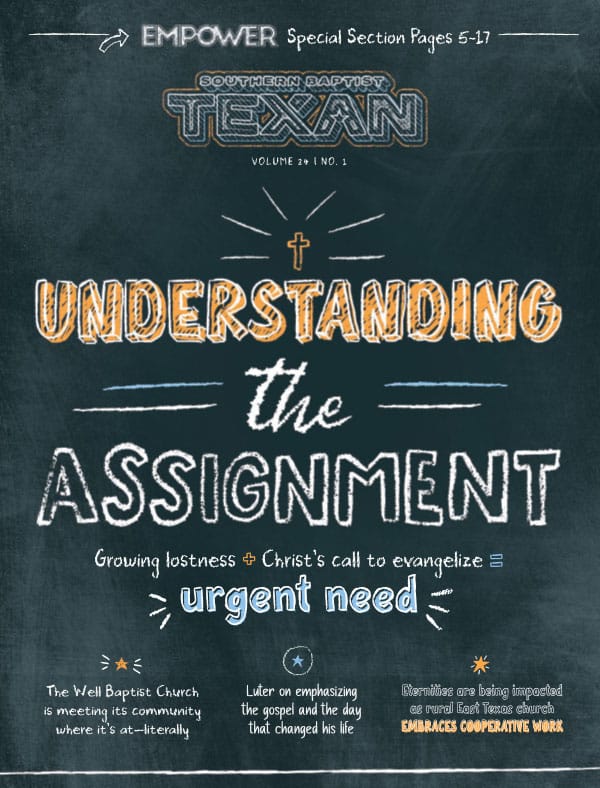Charlie is a talented-yet-gloomy teenage girl who can’t wait to leave her mom when she turns 18.
She hasn’t always been like this. In fact, she once was a chipper kid.
But then her father died. Each weekend, they would work together on his classic car. During the week, he would cheer her on at her diving meets.
Her mom found a boyfriend after the tragedy. Charlie, though, can’t put her father’s death behind her.
“I miss you,” she says, touching his picture.
Perhaps Charlie’s yellow Volkswagen Beetle—a gift from a relative—will bring her some cheer. She loves it.
Yet there’s something different about this car. It drives great, even though it’s a clunker. It makes strange noises, as if it were alive.
Then one night in the garage, the car does the unthinkable. It transforms into a robot.
“What are you?” she asks.
Of course, we already know the answer.
The movie Bumblebee (PG-13) is now playing in theaters, starring Hailee Steinfeld (Spider-Man: Into the Spider-Verse) as Charlie, Jorge Lendeborg Jr. (Spider-Man: Homecoming) as her friend Memo, and John Cena (Ferdinand) as Agent Burns, a U.S. military official who tries to destroy Bumblebee.
Set in 1987, the film tells the story of Bumblebee, a Transformer Autobot and a “good guy” who finds refuge on Earth after his home planet of Cybertron is destroyed. His hope is to set up a base on Earth for the rest of the Autobots, who are trying to avoid the evil Decepticons. The film is a prequel to the 2007 movie Transformers.
The Autobot-Decepticon war is but a backdrop for the story of Charlie and Bumblebee, who become friends and fill voids in one another’s lives. Indeed, when Charlie cries while thinking about her father, Bumblebee hugs her. Charlie, in turn, tries repairing Bumblebee, who was injured in a battle and has lost the ability to speak.
Warning: minor/moderate spoilers!
(Scale key: none, minimal, moderate, extreme)
Violence/Disturbing
Moderate/extreme. The violence in Bumblebee is mostly bloodless, but it nevertheless has the knockdown, dragout fights between robots that made the Transformers series popular. Some of the battles end in death. The film begins with a huge battle on the planet Cybertron involving punches and laser guns. The scene then switches to Earth, where we see Bumblebee being chased by soldiers, who shoot him with guns that don’t harm him. Bumblebee then battles a Decepticon. We see Bumblebee held over a cliff and dropped; the battle causes him to lose his speech. We also see a Transformer split in half, execution style. Decepticons twice shoot humans; they turn into a slimy goo. A Decepticon talks about killing Bumblebee and a another human. The film ends with a massive battle between Bumblebee and two Decepticons.
Sexuality/Sensuality/Nudity
Minimal. A teen boy takes off his shirt at a theme park and is ogled by the girls. Later, another boy takes his shirt off in a car. A man and a woman get into an argument; she says he tried sleeping with her sister. A married couple share a brief kiss.
Coarse Language
Moderate. About 29 words: OMG (9), h-ll (8), d–n (5), misuse of “God” (3), s–t (2), a– (1), misuse of “Jesus” (1).
Other Stuff You Might Want To Know
Charlie is bullied several times in the film; once, the bullying involves a joke about her deceased father. “You should have your dad buy a better [car]. Oh, wait,” another girl tells her, fully aware that Charlie’s father is dead. Charlie, Memo and Bumblebee later roll the girl’s yard with toilet paper. They egg her car, too. We see a child vomit.
Life Lessons
We learn lessons on mercy (Bumblebee), grief (Charlie), the importance of parents (Charlie and her family), companionship (Bumblebee and Charlie) and peer pressure (Charlie).
Worldview/Application
Bumblebee may be a movie about robotic aliens, but the film’s dominant theme is recovering from grief. Charlie misses her father. Bumblebee misses his home. Together, they form a great friendship.
For some moviegoers, the film may spark a sense of gratitude and love for their family. For others, it may lead them to reach out to those who are hurting.
“Bear one another’s burdens, and so fulfill the law of Christ,” Paul wrote in Galatians 6:2. Bumblebee doesn’t reference Scripture, but it’s easy to make that jump with family members or friends in a discussion after the film.
What Works
It’s a Transformers movie where the story dominates and the battles are secondary. I liked it. The movie features 80s music, too, which will attract adults (like me) who grew up during that era. Also, John Cena is impressive as a tough guy. Steinfeld is great, too.
What Doesn’t
Paramount is trying to attract a new audience to the Transformers films—perhaps even more families. Nethertheless, it contains a tad too much adult content for many parents.
Discussion Questions
- Why was Charlie’s mother able to move on with her life but Charlie unable to do so?
- Why did Charlie and Bumblebee have in common? Why did they make for good friends?
- What did the movie teach you about bullying and the harm it can cause?
- Who (if anyone) was at fault for the broken family relationship—Charlie or her mom? What was needed to repair it?
Entertainment rating: 3.5 out of 5 stars. Family-friendly rating: 3 out of 5 stars.
Rated PG-13 for sequences of sci-fi action violence.














